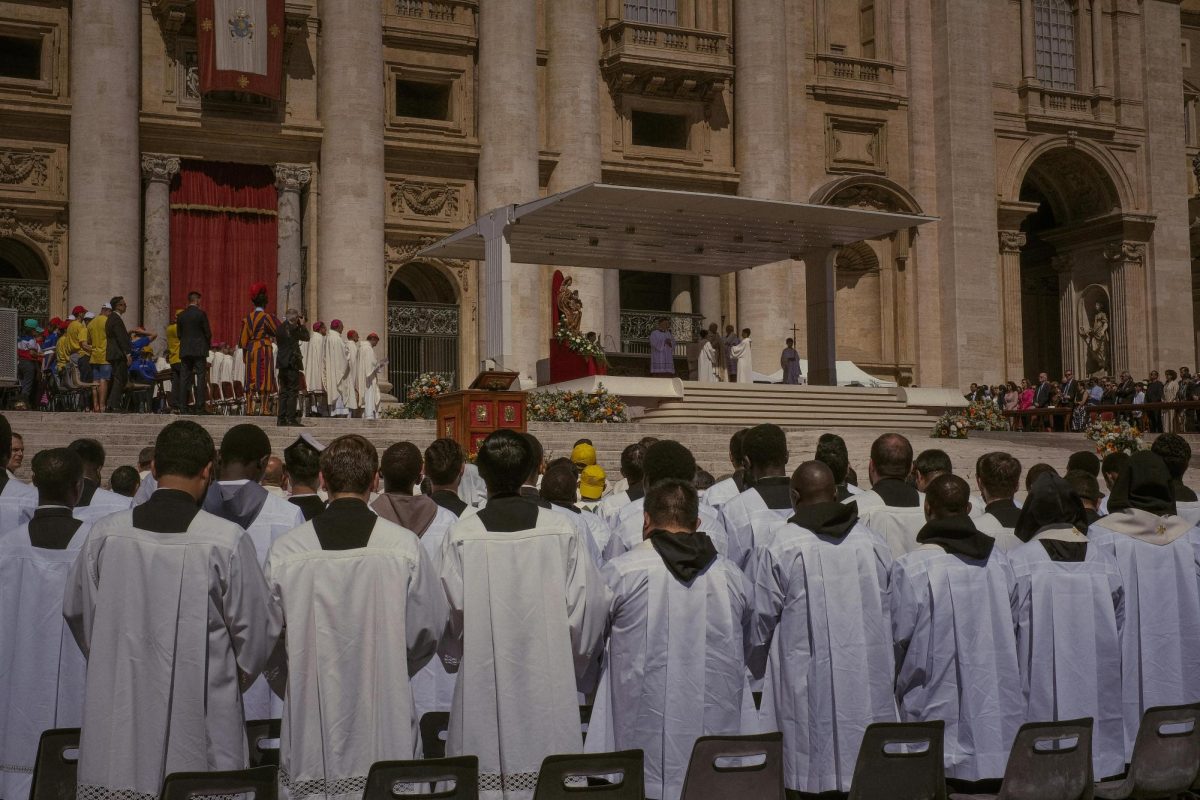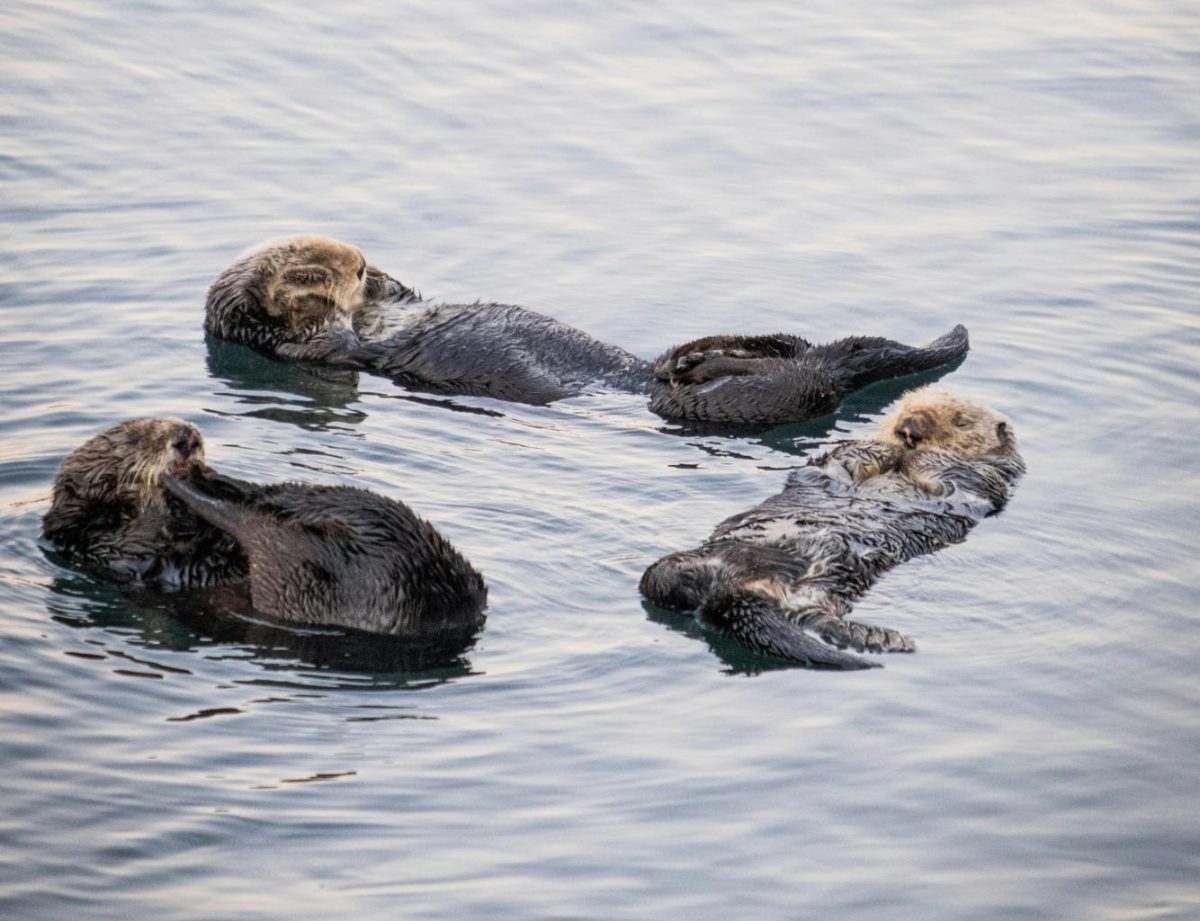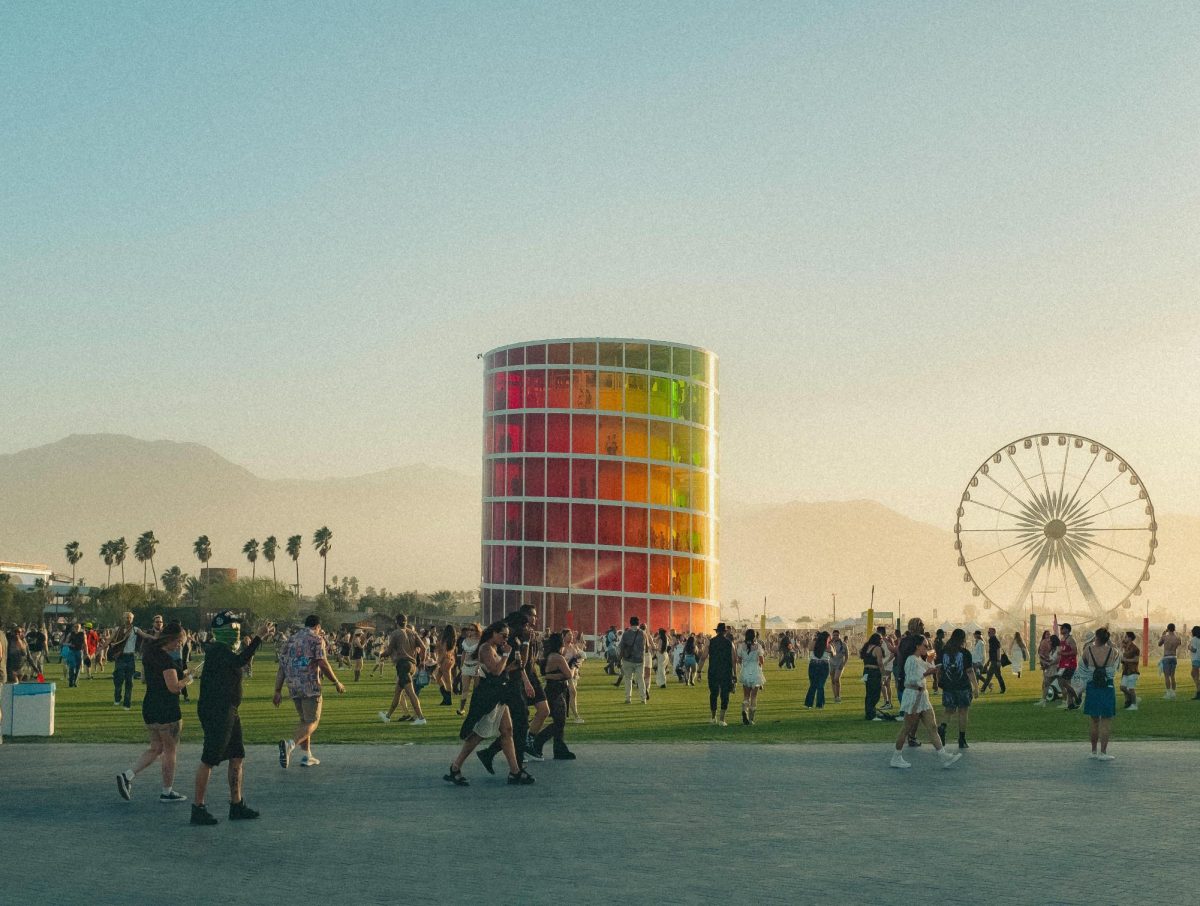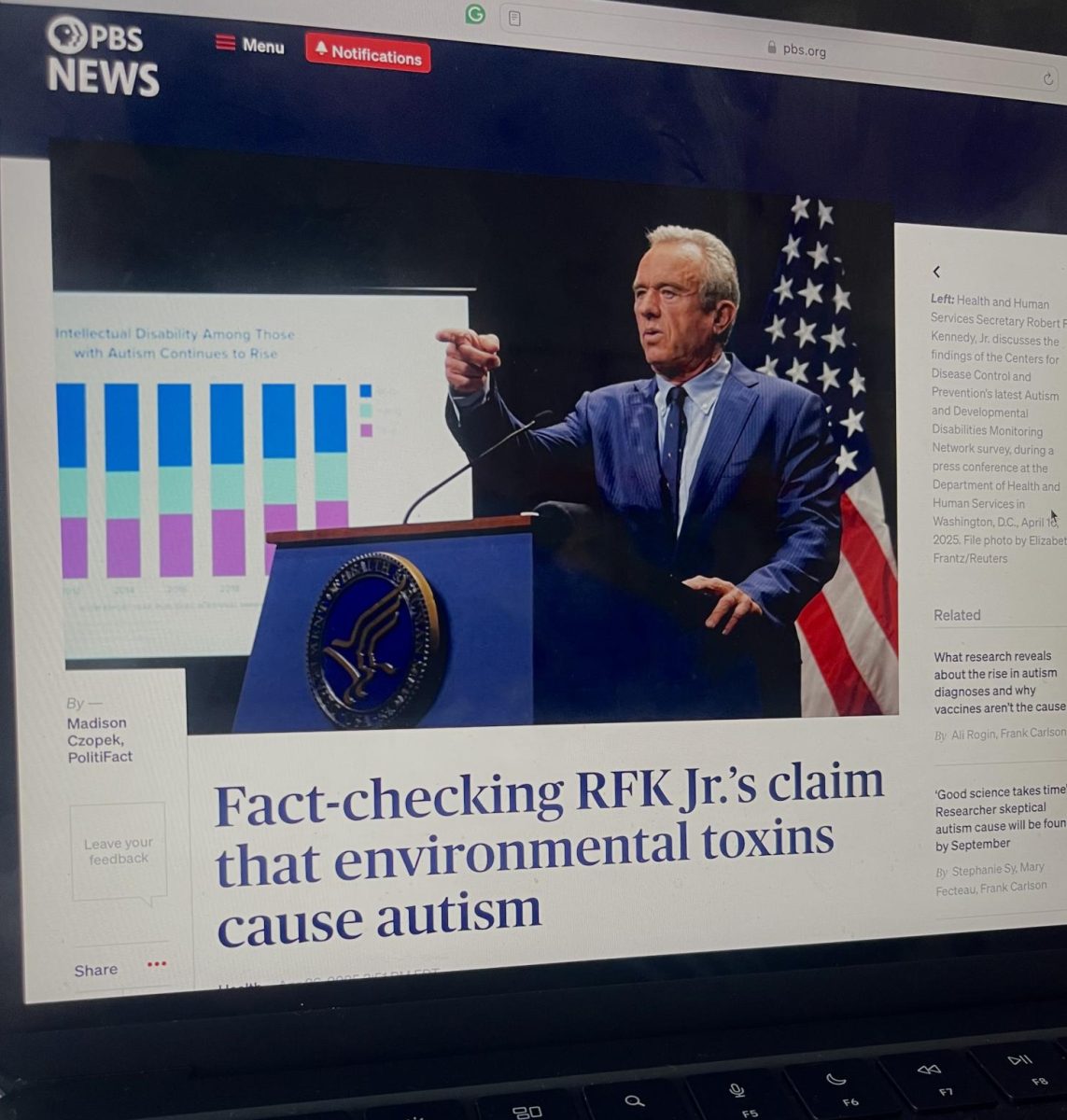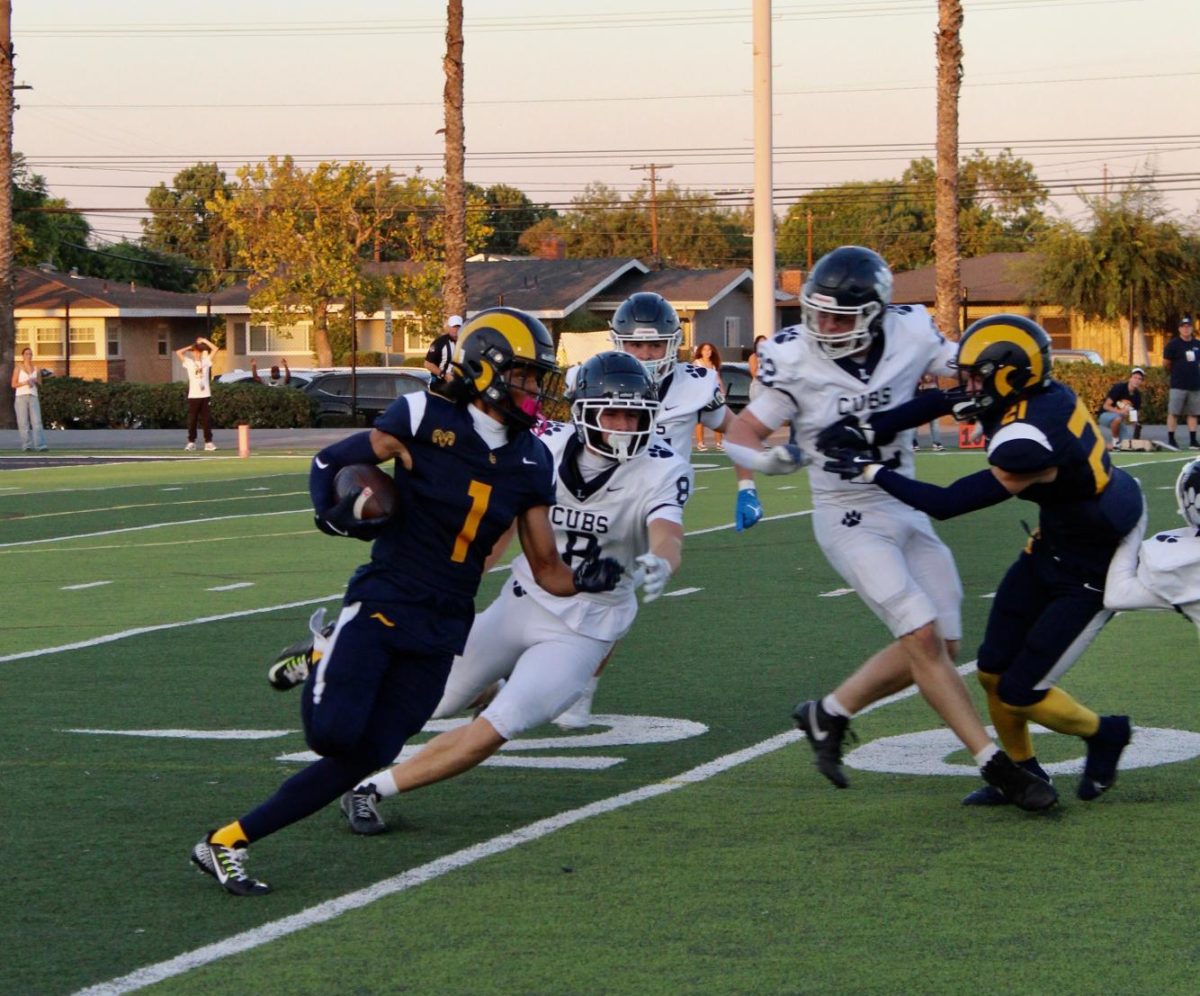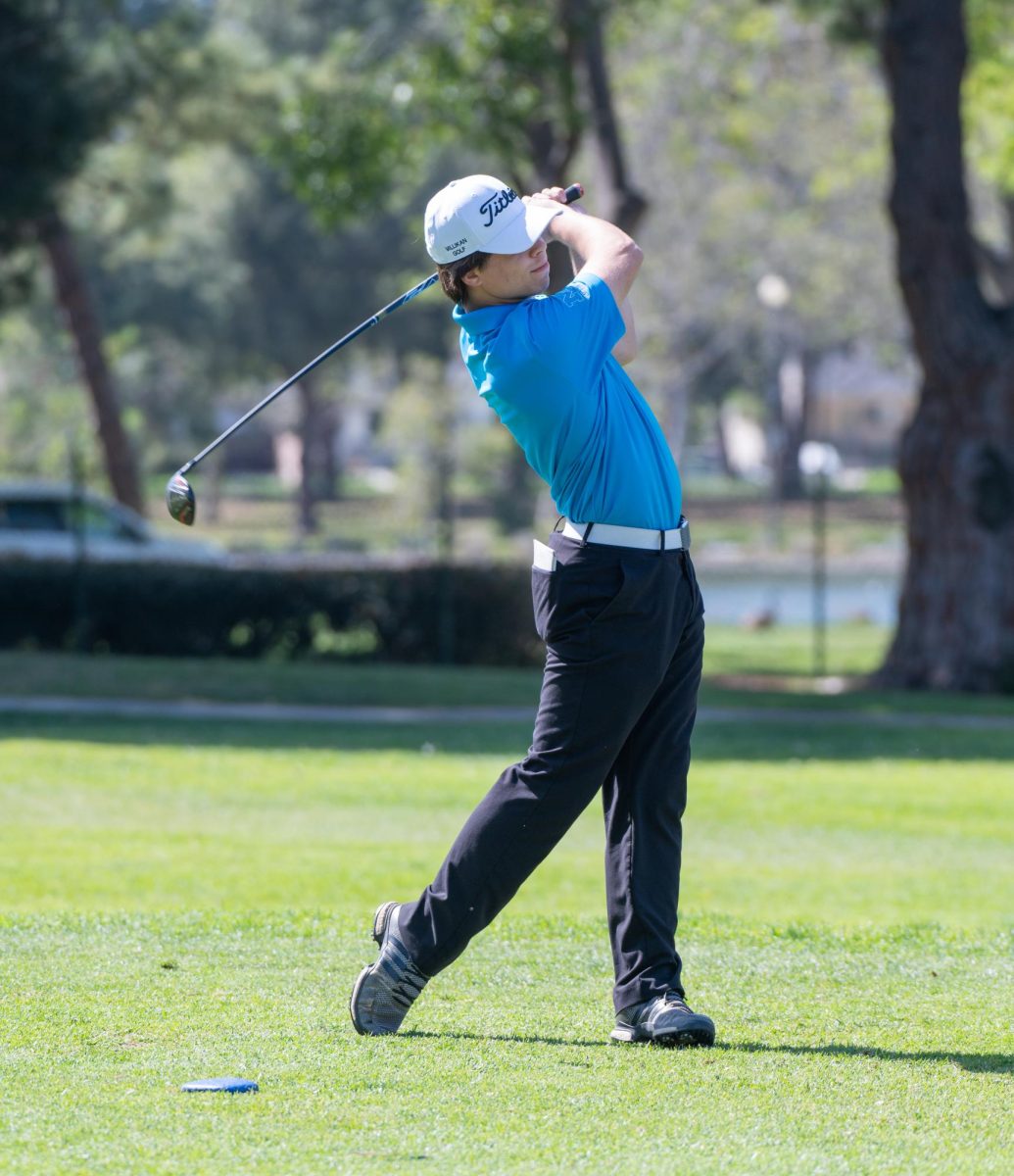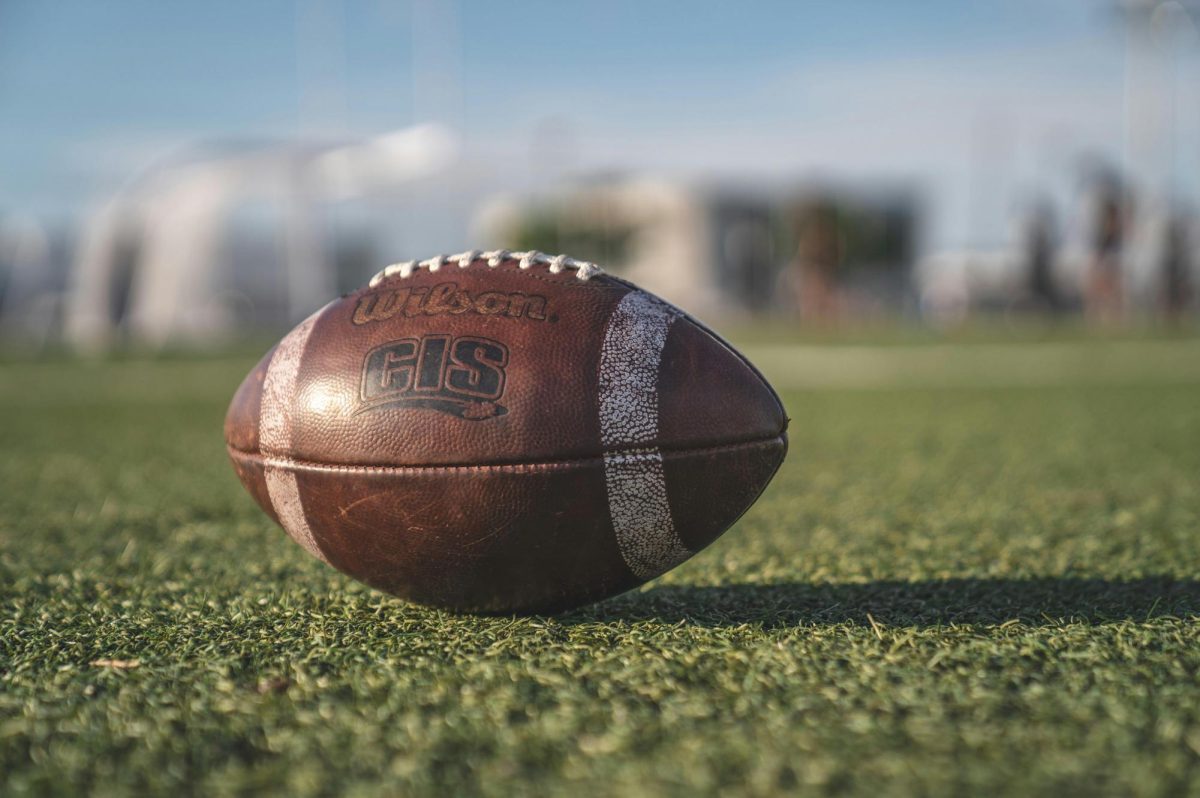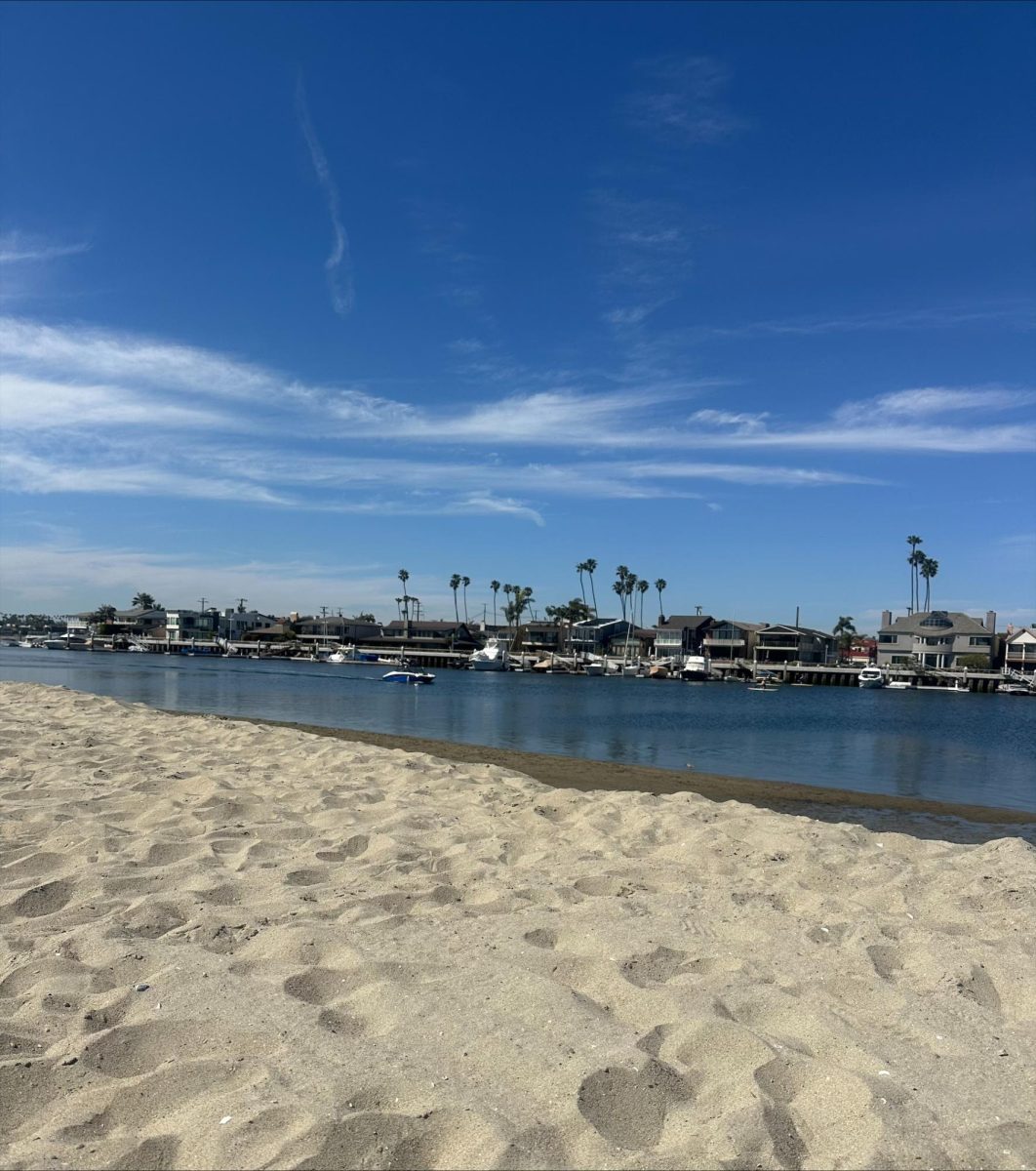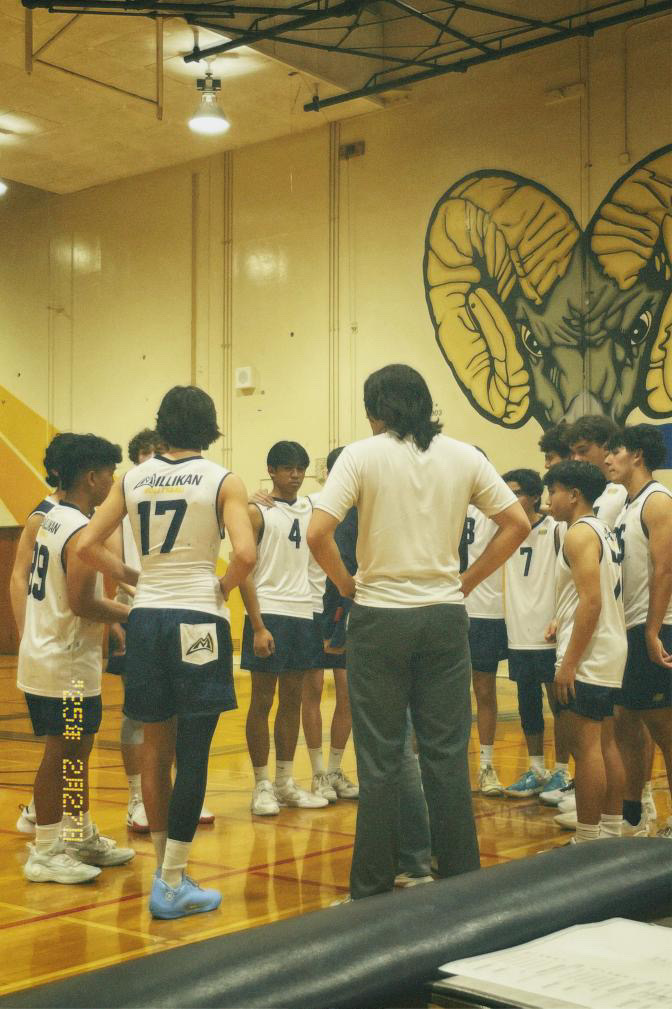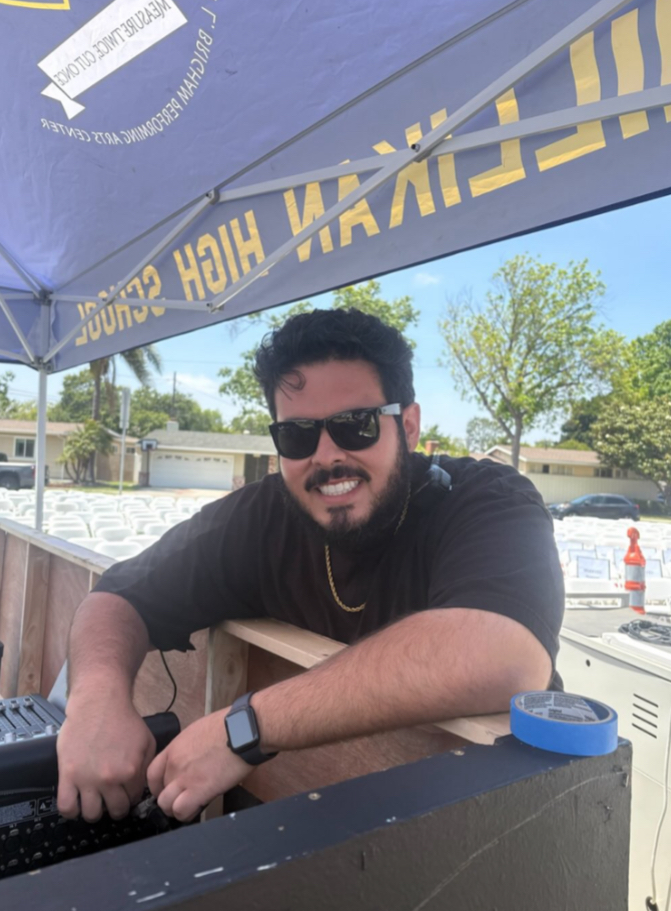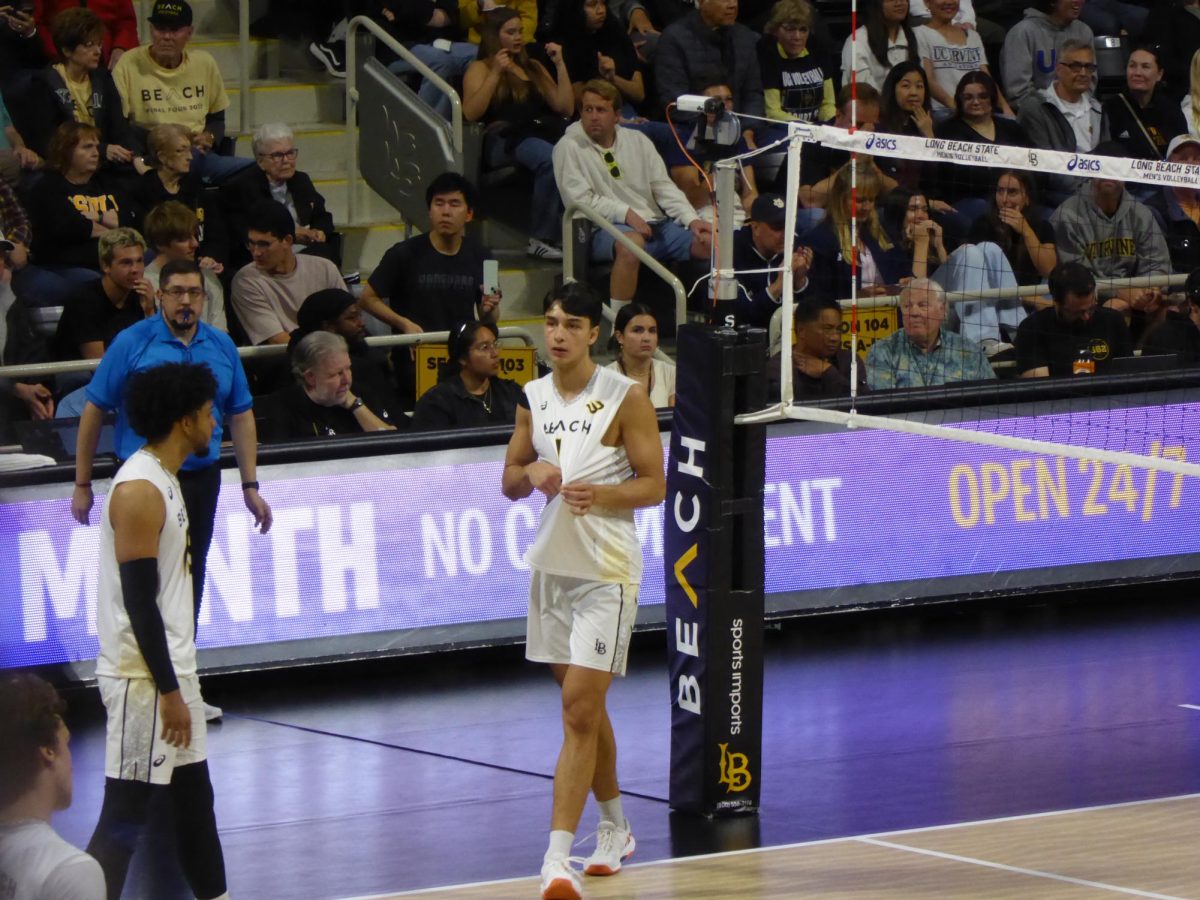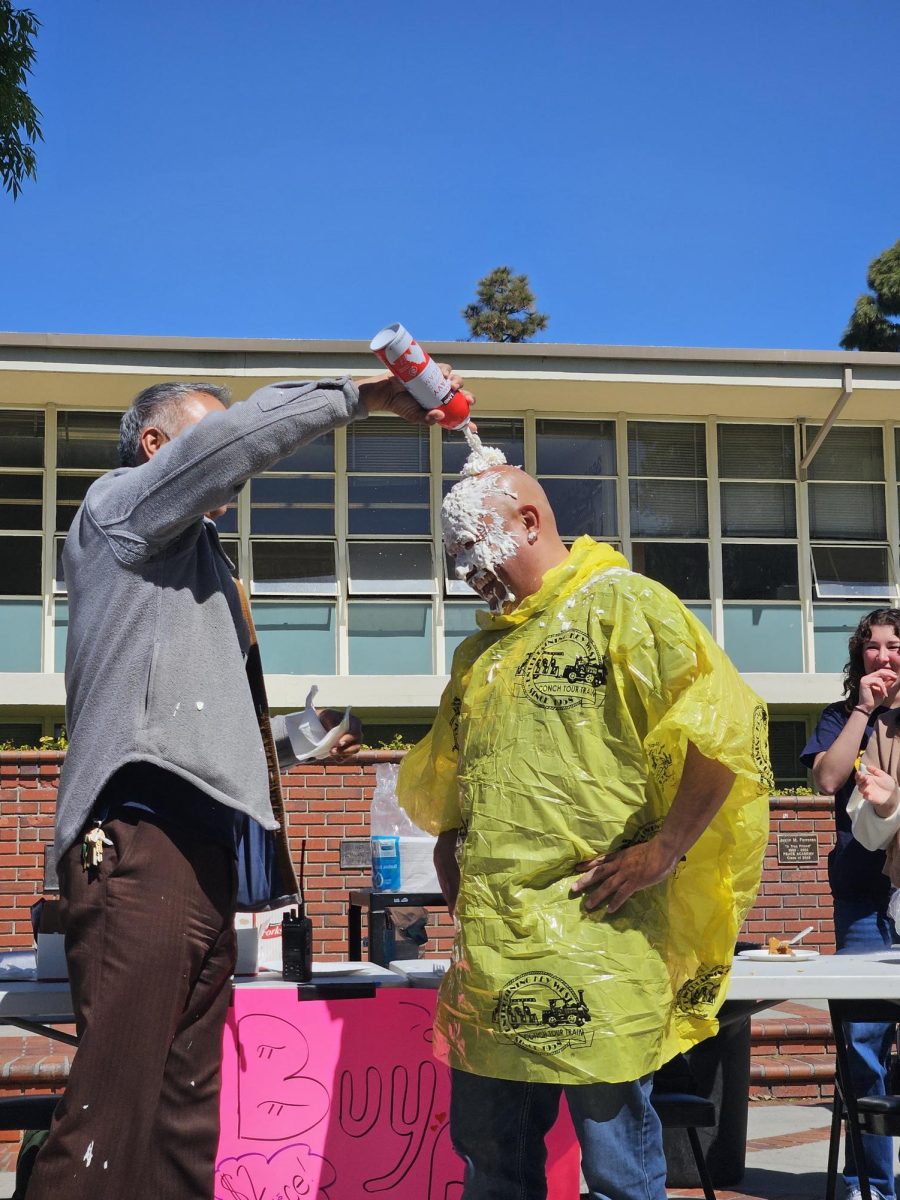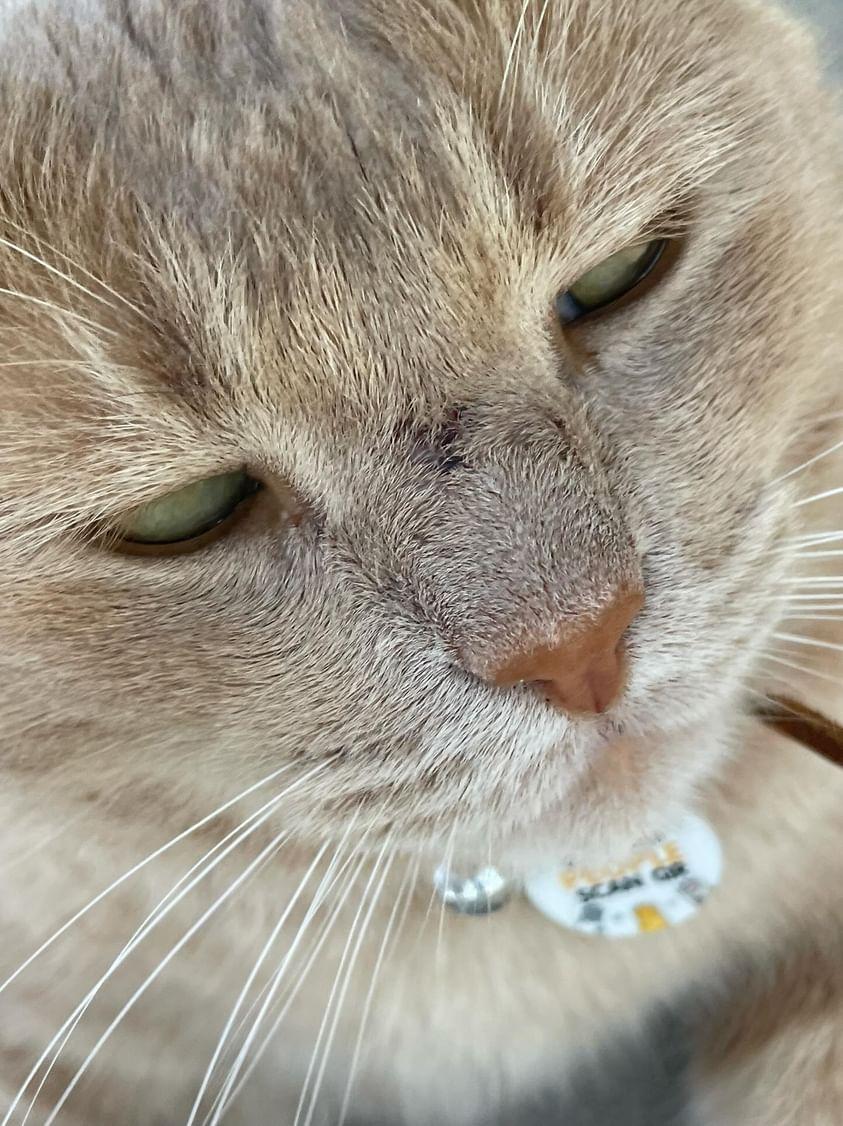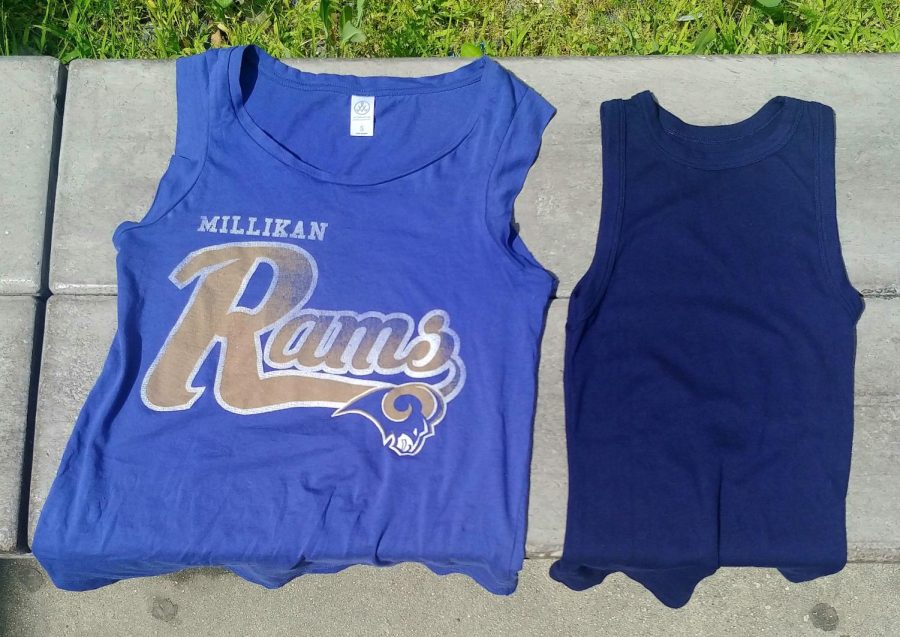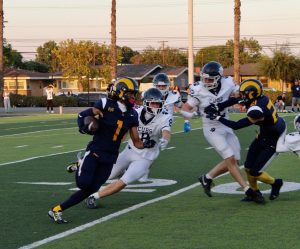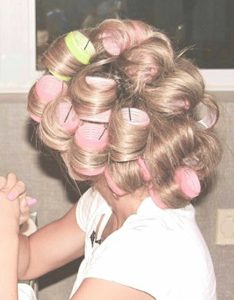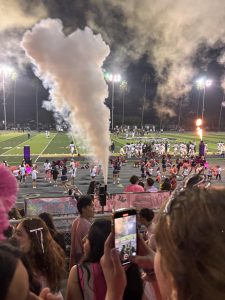Talking About Tank Tops
A Millikan tank top photographed next to a non-Millikan tank top.
May 30, 2023
It’s no secret that our world is heating up and as the summer is approaching the weather is going to get hotter! Long Beach exceeded its record for highest recorded heat last year reaching 108 degrees Fahrenheit! This may cause some people to question how students who sit for hours in classrooms are expected to beat the heat in hot rooms with the sun blazing inside. Short answer is, we shouldn’t have to!
If the school is not going to provide us with adequate opportunities to cool off while learning, it’s only fair that students should be permitted to assist themselves by wearing clothes appropriate to the conditions, such as tank tops.
Tank tops assist people to cool off by allowing extra skin to breathe. Humans have about 2 to 4 million sweat glands covering almost every square inch of their bodies, including the armpits. Tank tops allow sweat and heat to escape the armpits keeping people cooler than other shirt options.
QUEST freshman Darianna Rosas Cuevas said that having the ability to wear summer attire such as tank tops would help her function better in hot conditions.
“Some Millikan shirts, even though they are Millikan attire, are thick material and it’s too hot sometimes,” Rosas Cuevas added.
Millikan sells spirit wear tank tops for $15, but strictly prohibits other tank tops. Our school prides itself on having spiritwear that is equitable and affordable for students across all socioeconomic classes, but then denies students from buying cheaper options of shirts and tank tops simply because they do not have the Millikan logo. How does that promote equity when a student of a lower socioeconomic class could buy multiple school colored tank tops for the price of one Millikan approved one?
Some will argue that tank tops are not professional enough to be worn in a classroom environment. However, within certain limitations, I think that they are just as professional as sweatpants and slides which is a common combination all over campus.
“If we are selling them [tank tops] on campus for profit, then students should be able to wear them at school and in classrooms, especially since some of the classrooms don’t have air conditioning,” Mrs. Mize, a COMPASS English teacher said.
“My only concern would be that there is such a variety of tank tops out there that perhaps there could be some stipulations on the width of the straps. So I really believe if students can follow that, they should be allowed to wear tank tops because it does get so hot in certain classes,” Mize added.
Why aren’t tank tops allowed at Millikan?
Some students hypothesize that it is because they are too “sexy” and shoulders distract other students. The LBUSD Parent and Student Guidelines states “A student’s dress and general appearance should not be such that it draws undesirable attention to the student.” But is it right to tell the “distraction” to cover up instead of educating those distracted on how to ignore other’s bodies? If tank tops are too distracting, how will students properly function in their future jobs where they can not control what others wear?
Mr. Heinrich declined to speak on the matter. However, Mr. Hayes, one of our Assistant Principals, said that he saw no reason why we could not wear either of the shirts (pictured right) because he did not consider them to be tank tops. He instead called them “sleeveless shirts”. A tank top is technically classified as a shirt without sleeves, but there are many styles that fall into this category depending on the width of the straps and other factors.
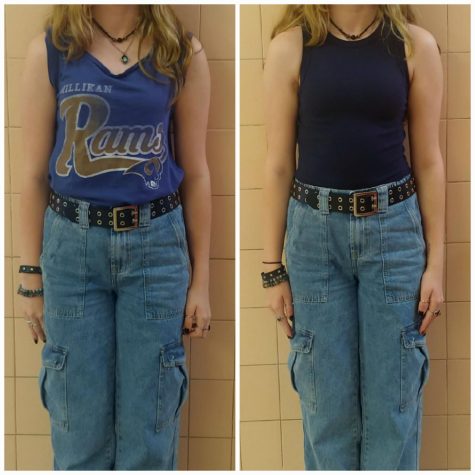
“There are undershirts that tend to be thinner and smaller on the shoulder that are not appropriate to wear as outerwear because it’s just not appropriate. But those, [pictured right] those are appropriate,” Mr. Hayes said.
Mr. Hayes was also under the impression that students were allowed to wear uncollared navy, khaki, and gold colored t-shirts and sleeveless shirts as long as they were not white. Mr. Heinrich stopped by and corrected him that we are not allowed to wear plain shirts of any color because they have the possibility of being affiliated with gangs.
When asked if the dress code was at the discretion of the people at the gates in the morning, Mr. Hayes said “For the most part yes, it really is. Sometimes I ask Dr. D at my gate… because sometimes she will have a different opinion than me or she’ll ask me what I think.”
The LBUSD Parent and Student Guidelines classifies tank tops as “unacceptable clothing”, however it also states that “Shirts must be appropriately fitted at the shoulders”, thus making only some styles of tank tops acceptable for school. “Sleeveless shirts”, as Mr. Hayes called them, reach the end of the shoulder exposing only the armpit and fit into district regulations.
I think that whether or not students can wear tank tops should be a decision for the school’s administration and not the district. Every school has different climates and amounts of air conditioned classrooms. This makes it unfair for the district to rule out tank tops all together at all schools.
Millikan’s Plant Supervisor, Thoeun Lorn, said approximately 50 out of 138 classrooms at Millikan have AC. This leaves the staff, students, and administrators that reside in the other 88 classrooms to fend for themselves against the sweltering heat.
According to an article by Education Week, a study on testing in the heat found “that students scored significantly lower on the standardized state test on a 90 degree day than on a 72 degree day. And importantly, it found the consequences were lasting: The study linked exam-time heat exposure with a lower likelihood of on-time high school graduation.”
Another study, published in 2018, found that students who were exposed to heat waves with no air conditioning had reduced cognitive function (cognitive function is a fancy word for using your brain; it includes thinking, attention span, memory, and many other functions that are essential for school).
Allowing tank tops to help students beat the heat will allow students to perform well in their classrooms, better prepare students for life while keeping them comfortable, and will offer more inclusive options of clothes to wear to school. Uniform has been a hot topic among students for years, why must we still talk about it?


